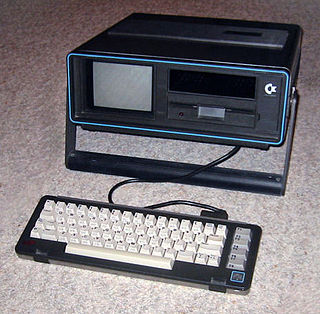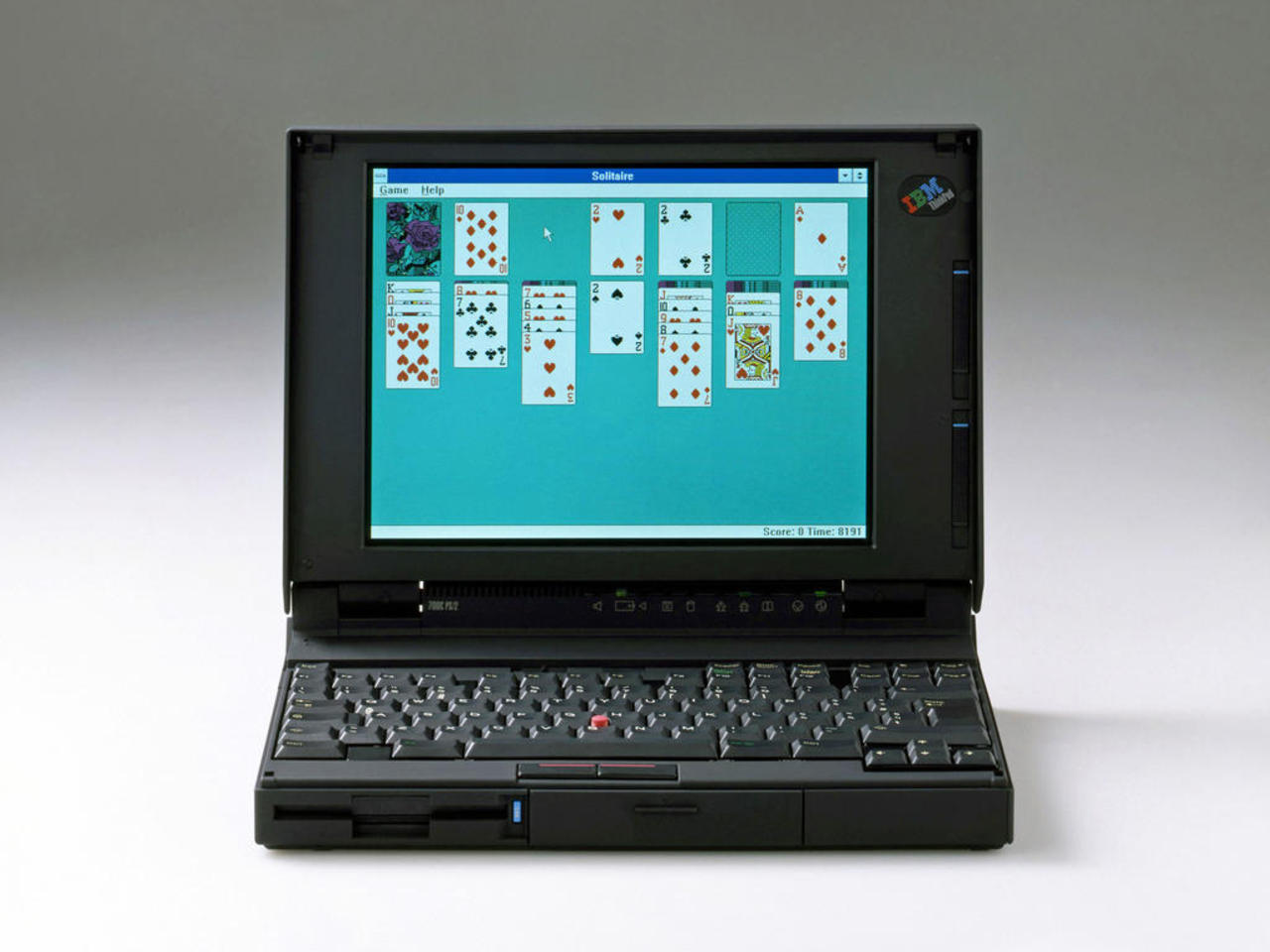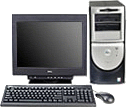Within my last years in ground school (1973-1983) I remember I had extra education learning about computers.
We learned simple programming in COMAL-80, and a few very simple games was available to play.
At that time home computers was expensive and very little you could use them for.
We learned simple programming in COMAL-80, and a few very simple games was available to play.
At that time home computers was expensive and very little you could use them for.
It was first a couple of years later I got into computer school.
Educated in Denmark on computer school (1984-1986), I learned to program
Assembler,
COBOL
and
RPGII
on a
UNIVAC 1100/60 mainframe
But not possible to write documentaion on mainframe, so I remember we could use:
- A red ICL COMET computer
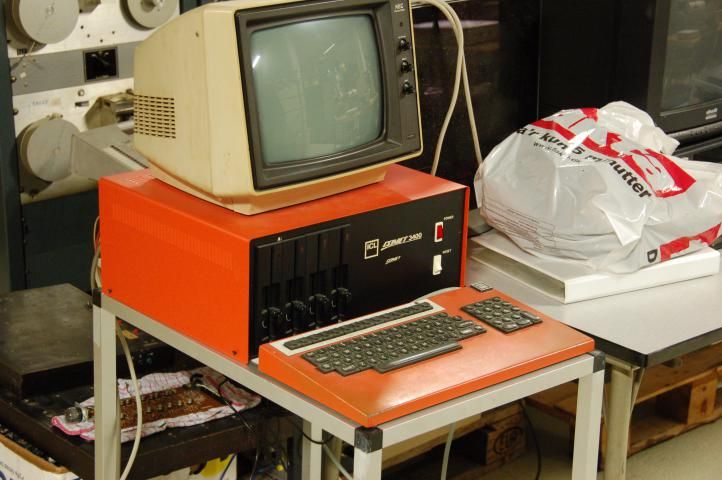
- Regnecentralen Piccoline computer
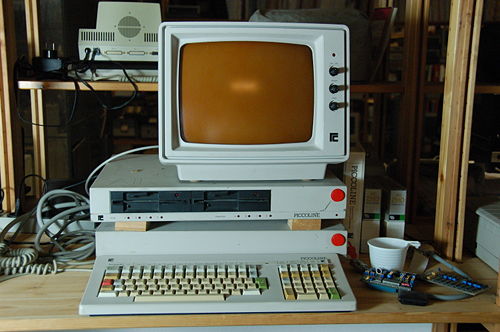
More info... - Regnecentralen Partner computer
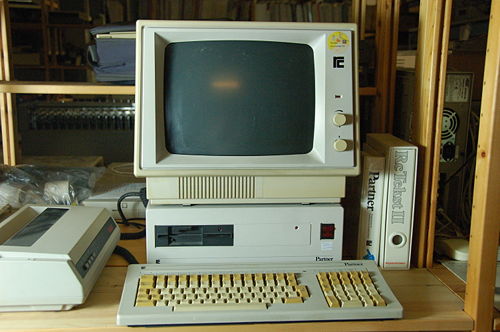
More info... - Apple Macintosh
At that time the first computer where you could create diagrams.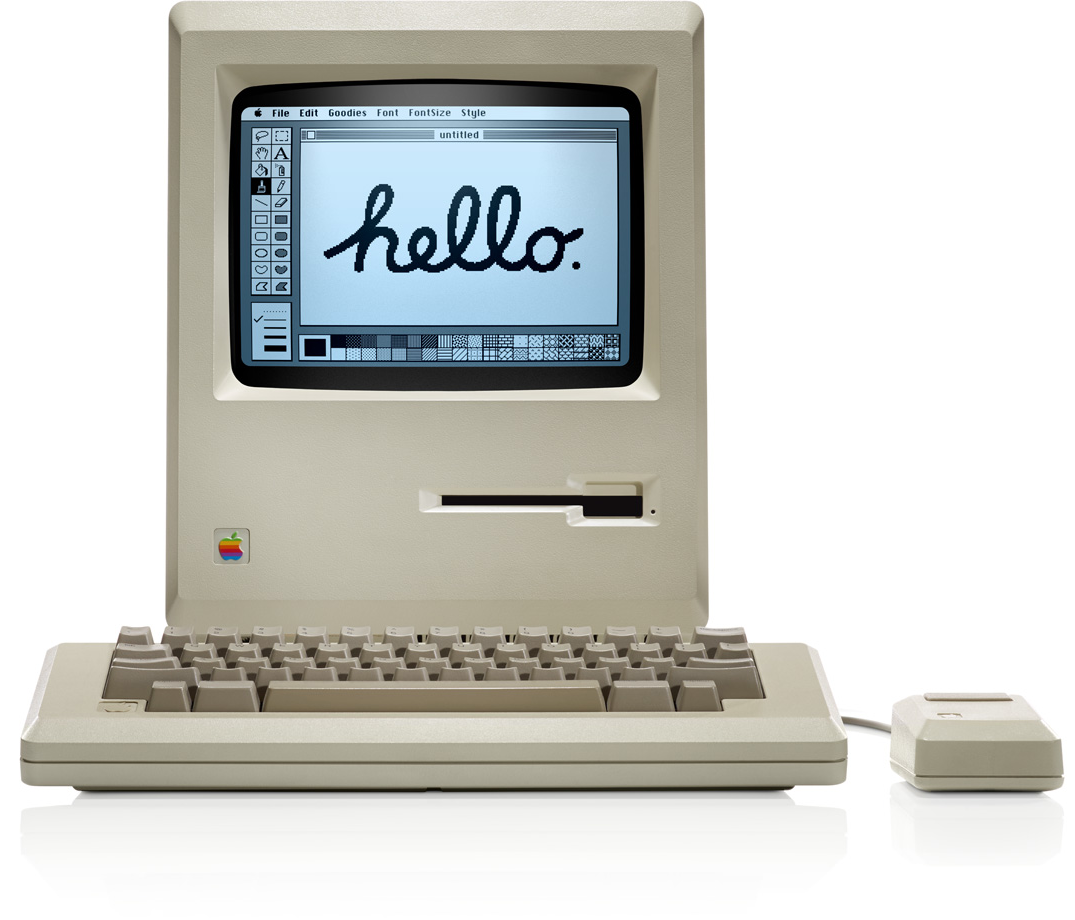
More info...
